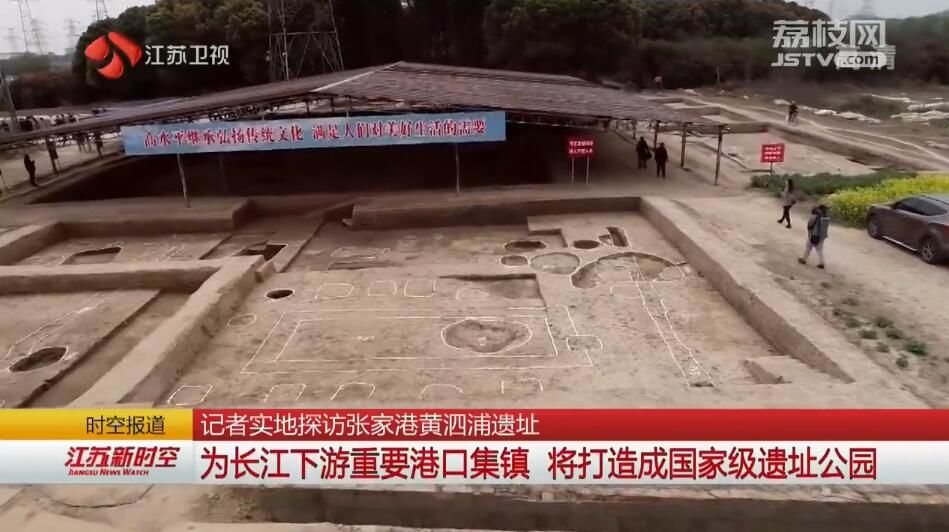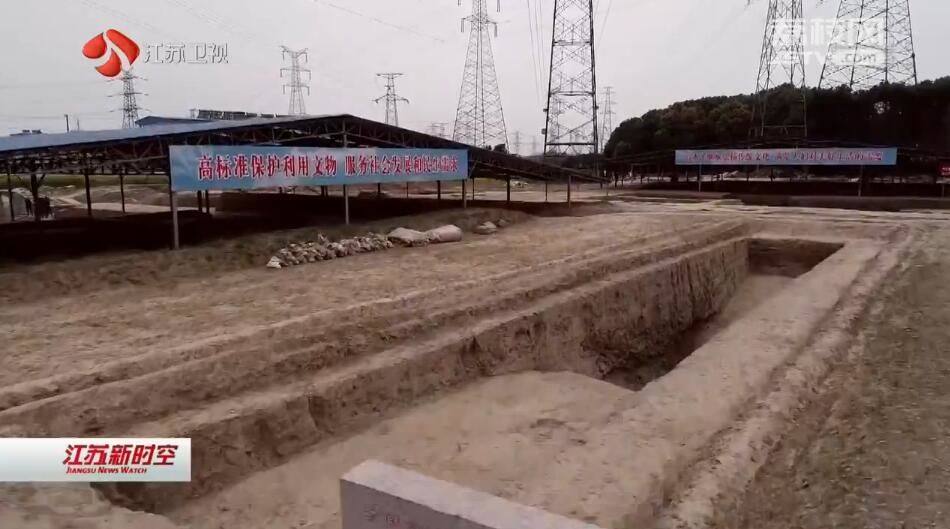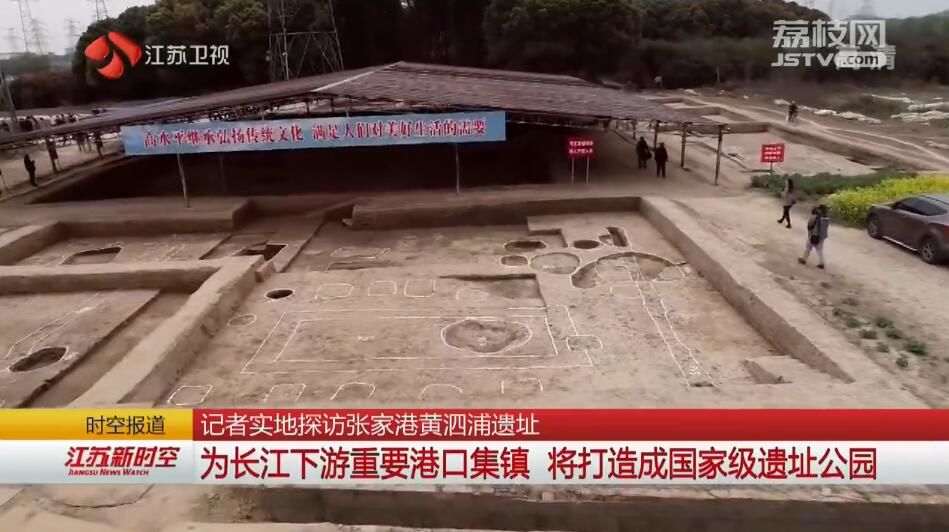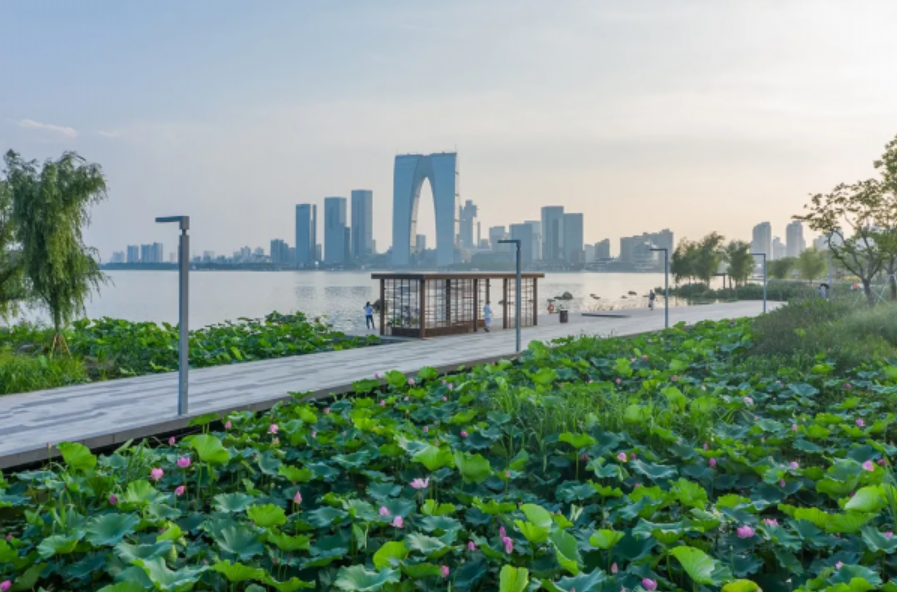
The site of ancient ruins at Huangsipu, Zhangjiagang city, Jiangsu province, was listed one of the ten archaeological discoveries in China in 2018. It is also the only one of its kind from Jiangsu that made the list.
The Huangsipu site is situated in the junction area of the Qing’an village, Yangshe town and the Tanli village, Tangqiao town, Zhangjiagang.
It is about 14 km south away from the Yangtze River and about 3 km away from Zhangjiagang downtown.
From 2008 to 2010, two salvage archaeological excavations and coring were carried out at the site.
As a result, an important discovery was achieved, revealing that the Huangsipu site was used to be an important market in the southern bank of the Yangtze River estuary during the Tang and Song dynasties due to a large number of ceramics, pottery and iron daily wares unearthed from the site, particularly the ceramics which were produced in the various kilns nationwide.

During the excavation, tens of thousands of important cultural features were unearthed. They include house ruins, storehouses, wells, roads, etc. dating to the Tang and Song dynasties.
Moreover, a large number of ceramics and a few bronzes, iron daily wares were also unearthed, particularly the ceramics which was produced in various types and kilns.
Lots of stoves dating to the Tang dynasty were also found on the north of the long row houses and five of them have been disclosed. The stoves included circular and oval stove pits.
Moreover, the walls of these stoves were made of grey bricks and some hearths were paved with grey bricks too. Among the stoves, Z7 is the most well-preserved and of the largest scale.
Two and three column pits were found on the south and north sides of the stove respectively, but the middle column pit was not found on the south side corresponding to the middle column pit on the north side, which was presumed to be destroyed by an ash trench.
The column pits on both sides showed that a kind of shed building should have been built at the top of the stove and it could be called a stove house.
The discovery shed light on the characters of the Huangsipu site as a port market and its frequent cultural exchange activities.
(Source:ourjiangsu.com)






